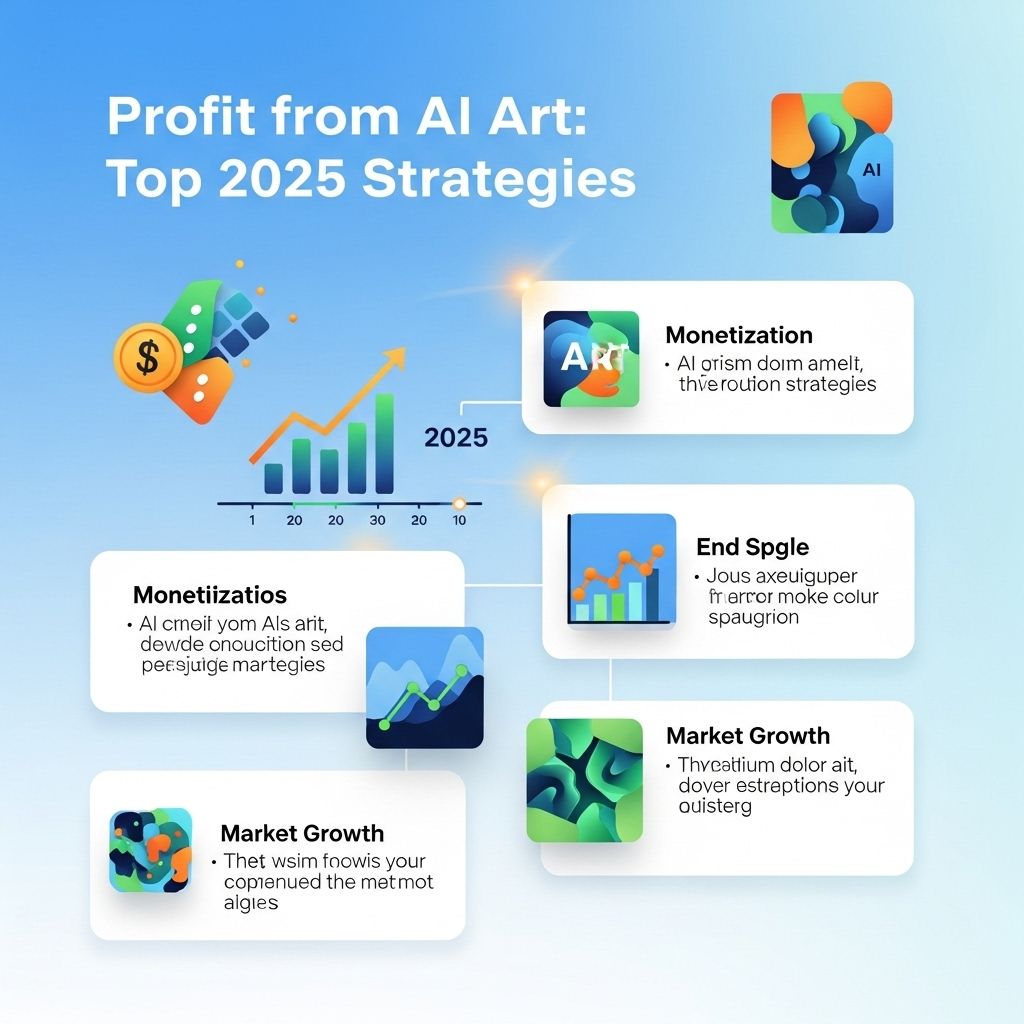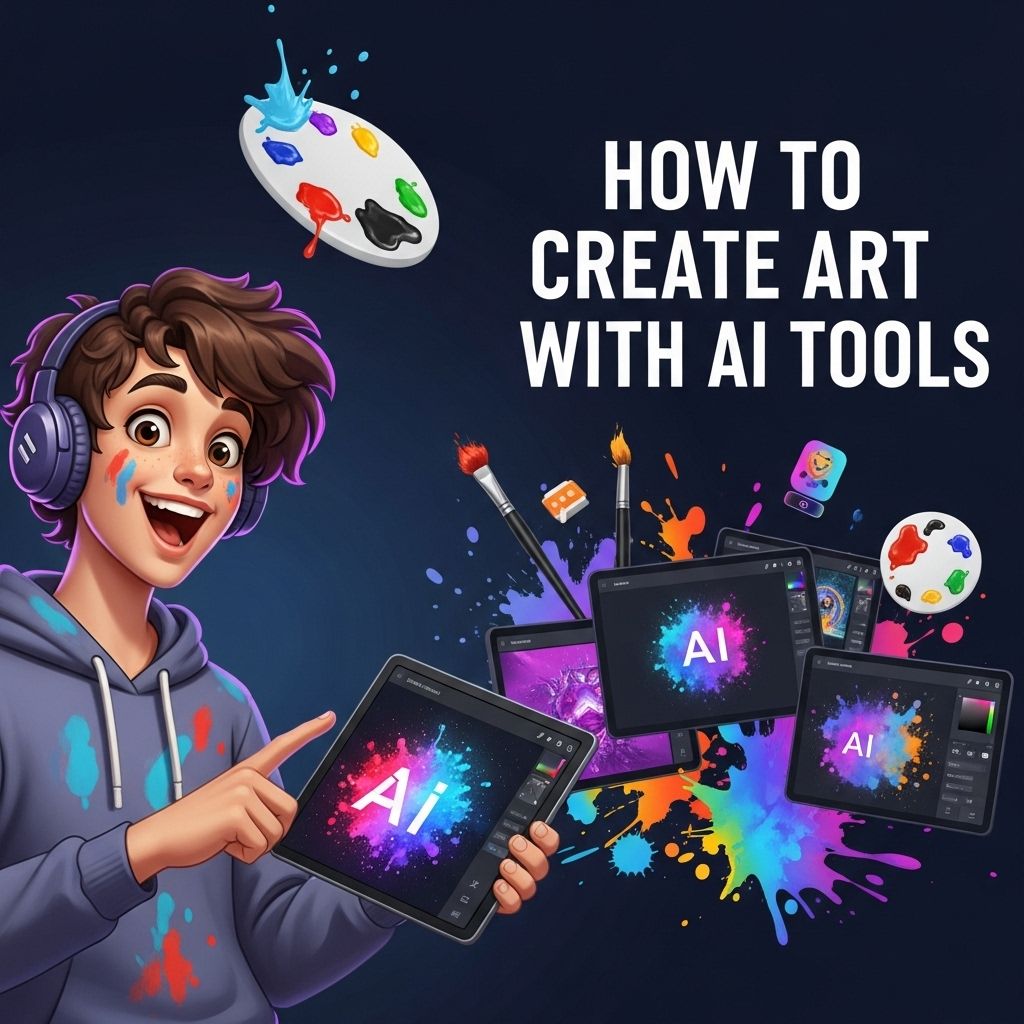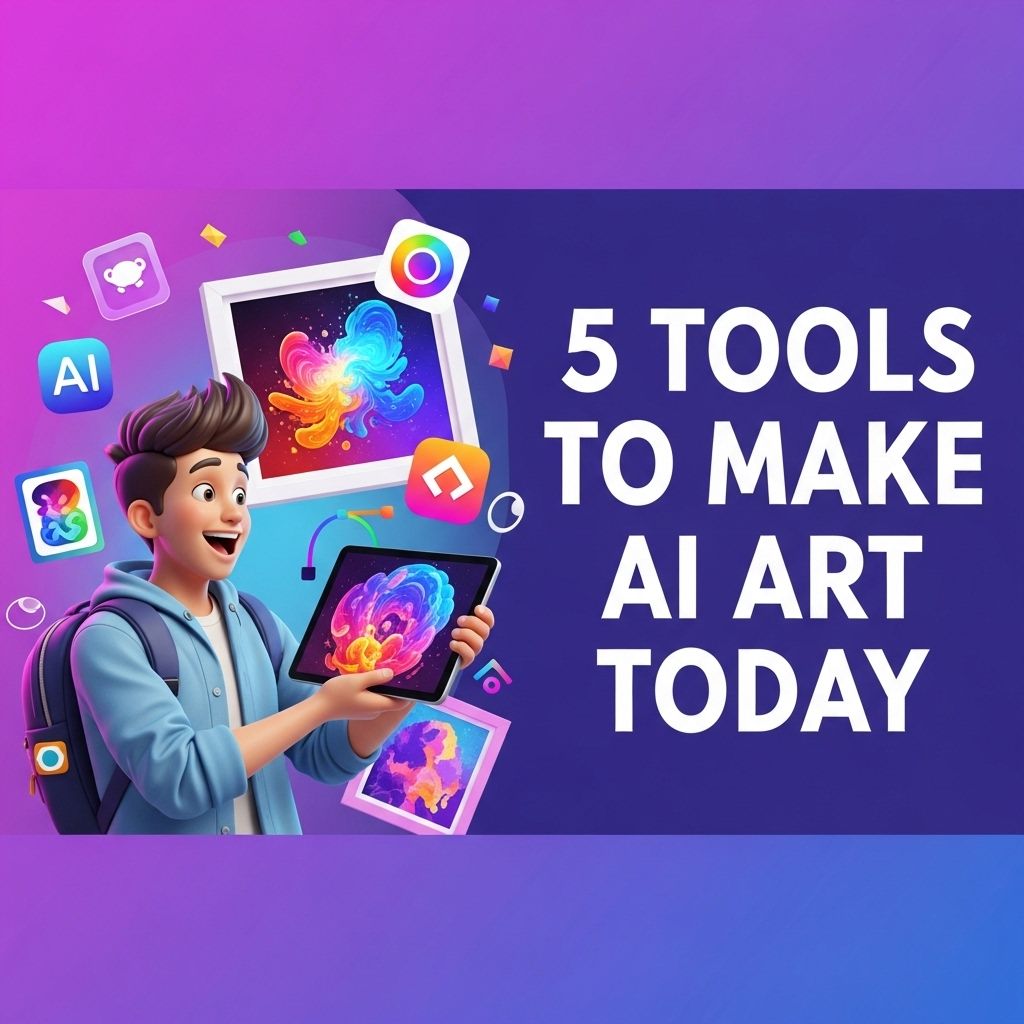The advent of artificial intelligence has transformed various industries, and the realm of art is no exception. AI-generated art has not only sparked debates about creativity and originality but also opened up profitable avenues for artists, entrepreneurs, and tech enthusiasts alike. As we move towards 2025, understanding how to capitalize on this emerging trend is essential for those looking to monetize AI art. This article delves deep into the strategies that can help you profit from AI art, providing insights into market trends, platforms, and innovative approaches.
Understanding AI Art
AI art refers to any artwork created with the assistance of artificial intelligence. This can include everything from digitally generated paintings to music composition and photography. Key technologies involved include machine learning algorithms, neural networks, and generative adversarial networks (GANs). Before diving into profit strategies, let’s consider the types of AI art:
- Generative Art: Automatically generated images or designs through algorithms.
- Style Transfer: Applying the style of one image to the content of another.
- Text-to-Art: Creating visuals from textual descriptions.
- AI-Assisted Animation: Enhancing or creating animations with AI tools.
Market Analysis
Before implementing any profit strategies, it’s crucial to understand the current market landscape for AI art. As of 2023, AI art has gained significant traction, leading to an increase in demand across various sectors:
| Sector | Demand Level | Possible Applications |
|---|---|---|
| Entertainment | High | Film, gaming, music |
| Advertising | Growing | Campaign visuals, branding |
| Fashion | Emerging | Design concepts, virtual models |
| Education | Rising | Interactive learning tools |
Top Strategies for Profit in 2025
1. Selling AI-Generated Art
One straightforward approach is to sell your AI-generated artworks directly through online platforms. Here’s how:
- Choose the Right Platform: Websites like Etsy, Saatchi Art, and specialized NFT marketplaces like OpenSea are excellent for showcasing and selling your work.
- Optimize Your Listings: Use high-quality images, detailed descriptions, and relevant tags to attract buyers.
- Engage with Your Audience: Building a social media presence on platforms such as Instagram and Pinterest can help you reach potential customers.
2. Licensing and Royalties
If you create unique AI-generated images, licensing them for use in various commercial projects can be lucrative. Here’s a process to follow:
- Identify companies that may need visuals (e.g., marketing agencies, publishers).
- Create a portfolio showcasing your best work.
- Negotiate licensing agreements that allow companies to use your art while ensuring you receive royalties.
3. Collaborating with Brands
Many brands are looking to incorporate AI art into their products or marketing strategies. Consider these collaboration opportunities:
- Brand Collaborations: Partner with companies to create exclusive designs for merchandise.
- Custom Commissions: Offer personalized art services for special events or campaigns.
4. Creating AI Art Tools
If you have technical skills, consider developing tools or applications that leverage AI for art creation. This could include:
- API Services: Creating an API that other developers can use to generate art.
- Mobile Apps: Designing user-friendly applications that allow users to create their own AI-generated art.
5. Educational Content and Workshops
With the growing interest in AI art, there’s a demand for education around it. Here are some ways to provide value:
- Online Courses: Create courses on platforms like Udemy or Skillshare teaching others how to generate AI art.
- Webinars: Host webinars to discuss trends, tools, and techniques in AI art creation.
6. Participating in Competitions
Entering AI art competitions can also provide exposure and financial benefits. Participating in contests may lead to:
- Prize money
- Increased visibility for your work
- Networking opportunities with other artists and industry professionals
The Future of AI Art
As we approach 2025, the evolution of AI art is expected to continue at a rapid pace. Trends to watch include:
- Improved Technology: Advancements in AI algorithms will lead to even more sophisticated art generation.
- Integration with Virtual Reality: Creating immersive experiences combining AI art and virtual environments.
- Sustainability in Art Creation: An increasing focus on using AI to create art in more sustainable ways.
Conclusion
Profiting from AI art in 2025 requires a blend of creativity, technical skill, and market awareness. The strategies outlined here provide pathways to explore this exciting frontier. Whether you choose to sell art, license your work, collaborate with brands, or educate others, the opportunities are abundant. Embrace the potential of AI and position yourself at the forefront of this artistic revolution.
FAQ
What are the best ways to profit from AI art in 2025?
In 2025, the best ways to profit from AI art include selling prints and digital downloads, creating and licensing unique artworks for commercial use, offering commissioned pieces, and starting an online art gallery.
Can I sell AI-generated art on platforms like Etsy or Redbubble?
Yes, you can sell AI-generated art on platforms like Etsy or Redbubble, but be sure to comply with their policies on copyright and intellectual property.
How can I market my AI art effectively?
To market your AI art effectively, leverage social media platforms, collaborate with influencers, optimize your online store for search engines, and engage in art communities to showcase your work.
Are there legal considerations when selling AI art?
Yes, there are legal considerations when selling AI art, including copyright issues related to the AI tools used and ensuring that your artworks do not infringe on existing copyrights.
What types of AI art are most popular among buyers?
In 2025, popular types of AI art among buyers include abstract designs, generative art, personalized portraits, and artworks that blend traditional techniques with AI technology.




